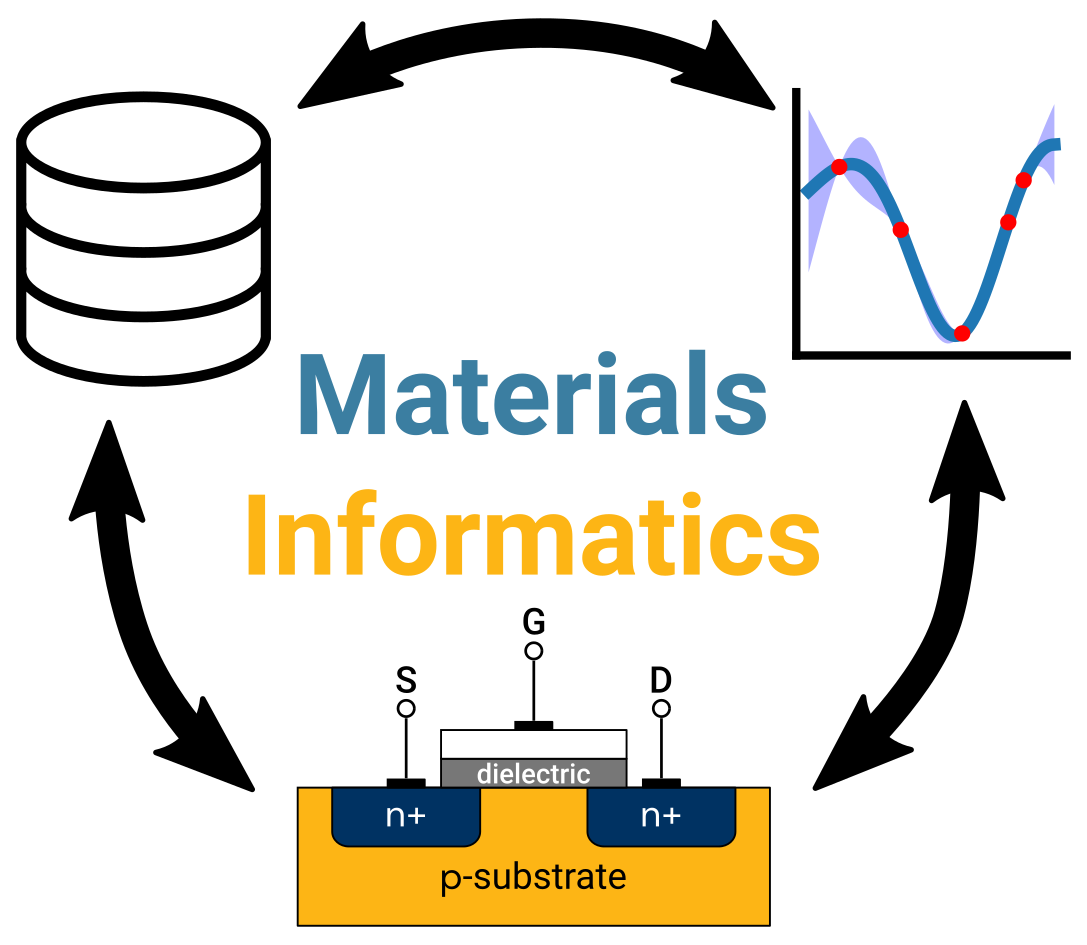Homework
Contents
Homework¶
Today’s lesson was meant to be pretty light to give you all a break from the first few days. There will be plenty more fun to come!
Reading¶
The perspective by Danielle Szafir on data visualization [1].
There are many pretty pictures and should be a fun read! Just reading the figure captions is fine if you don’t have time for the whole article.
This article is to set the stage for tomorrow’s discussion.
Programming¶
We hope the relatively light programming today will give you a chance to catch up the previous notebook exercises that are incomplete or revisit the ones that you wanted to learn more about. We see all of these concepts as ones that are important for the practice of MI and, consequently, for your self-directed research. They’re also good skills to master for your future careers.
If you want a change of pace, maybe you’ll want to do some background reading on dielectric materials, which we recommend starting in the Kasap book (7.1-7.4)[2] and then perhaps checking out the review article by J. Robertson on “High dielectric constant oxides” [3].
Or if you just want more coding practice and visualization examples, you can try the optional suggestions in Advanced visualizations.
It’s really up to you. 🙂
References¶
- 1
Danielle Albers Szafir. The good, the bad, and the biased: five ways visualizations can mislead (and how to fix them). Interactions, 25(4):26–33, 2018. doi:10.1145/3231772.
- 2
Safa Kasap. Principles of Electronic Materials and Devices. McGraw-Hill, New York, NY, 4th edition, 2017. ISBN 978-0-07-802818-2.
- 3
J. Robertson. High dielectric constant oxides. The European Physical Journal Applied Physics, 28(3):265–291, 2004. doi:10.1051/epjap:2004206.
